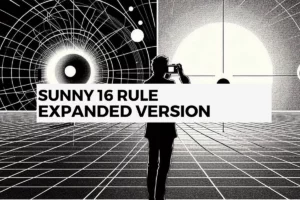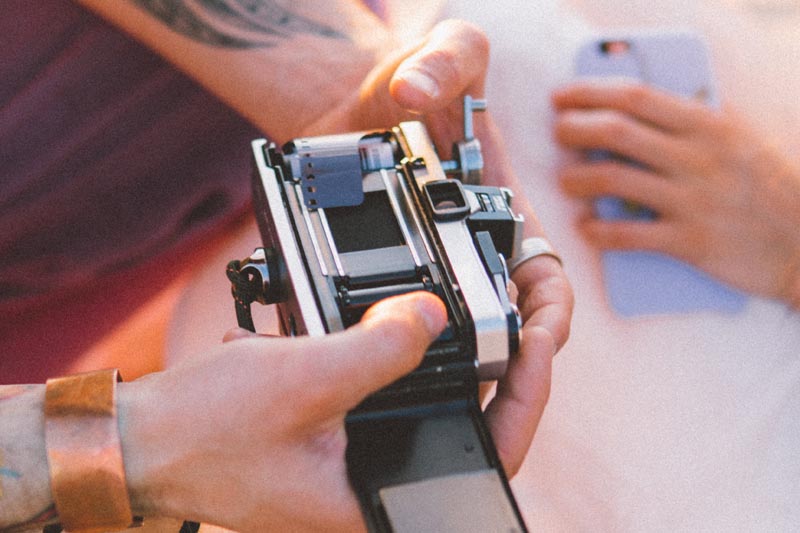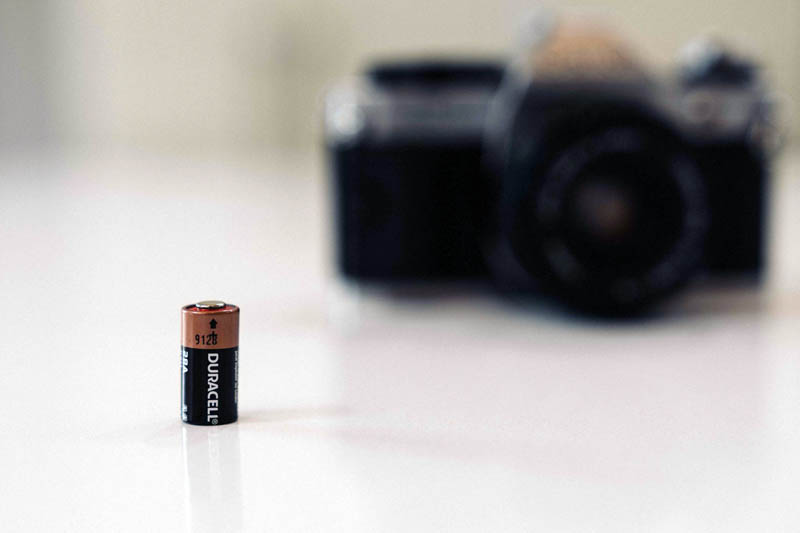Why Shoot Film? 6 Big Reasons
Last Updated on January 5, 2024
For photography enthusiasts and professionals alike, there is something special about shooting film. Despite the advantages of digital photography, there is still a certain charm in the analog process.
Whether you’re a professional photographer or a hobbyist, here are some reasons why you should consider shooting film.
Table of Contents
1. More control over depth of field
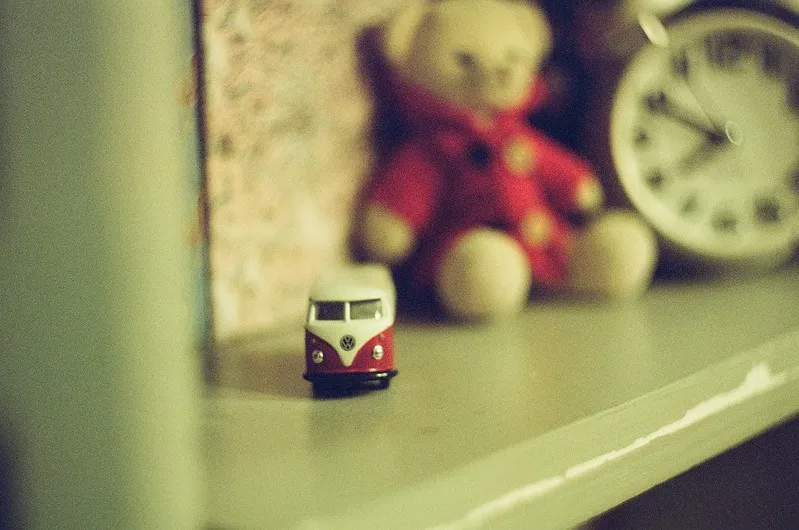
The larger frame size of 35mm/120 format film gives you more control over the depth of field than with digital. This means that you can better control the area of the photo that is in focus. For example, you can create a shallow depth of field with a wide aperture, which will blur the background and bring out the subject in the foreground.
This is a great way to create a portrait with a dreamy, cinematic look. And of course, you can also do it digitally, but the conditions to get there have to be right. For example, having a good lens with generous aperture, disable autofocus and go through an editor for color treatment.
You can have all that and still not approach the results of a good vintage lens such as the Helios 44 f/2. Keep reading to see how a good photo taken on film is cooked.
2. Richer color palette
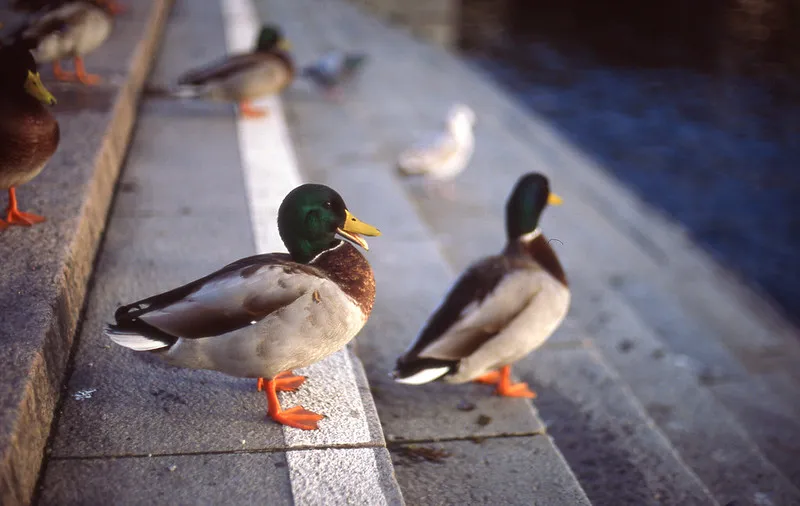
Analog 35mm film has a richer color palette than digital cameras. This is because film captures a much wider range of colors and shades than most digital cameras.
Additionally, film has a much higher dynamic range than digital cameras, meaning it can capture subtle variations in light and shadow that digital cameras may not be able to detect. As a result, film can create images with more depth and texture than digital cameras.
3. Unique grain and texture

35mm film has a unique grain and texture that gives photos a distinct look. Digital photos lack this grain and texture, making them look much more smooth and polished. This can be seen as an advantage or disadvantage depending on the desired look and feel of the photo.
Once again, yes… you can do it in post production, but it will never be the same. It’s like a digital recreation of a painting. It can look very similar but it won’t have the same character and soul as the original.
4. The printed photo
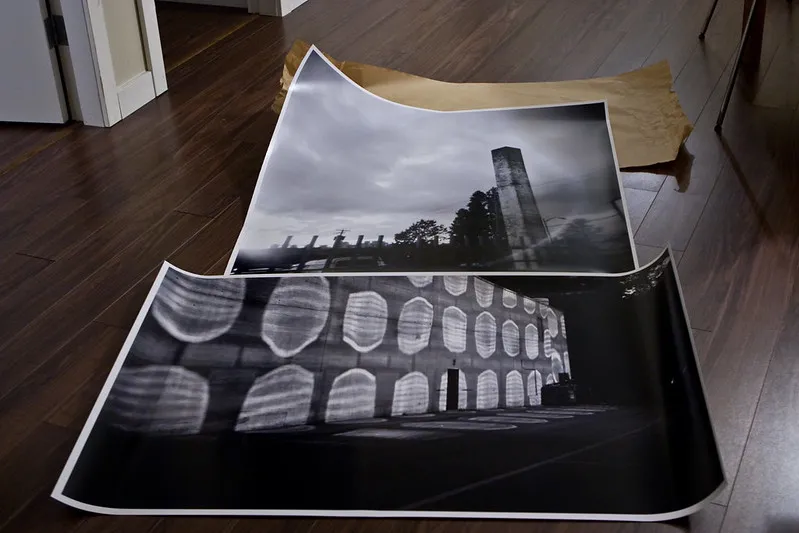
Unlike digital photographs, 35mm film can be printed immediately after developing. It doesn’t need to go through a digital process (necessarily).
But beyond that, I think analog photography brings back the sense of what a photograph really is, a piece of memory that you have in your hands. A photograph “susceptible to being on paper,” that’s something that new generations forget about the photographic process.
Photography once occupied a physical place in the world, an almost magical object that you could touch and feel. And now, people rarely think about printing their photos and seeing them at a natural distance, in a natural setting with the possibility of getting closer and further away. It may sound silly, but paper is the second stage of a photograph’s life.
4. Increased flexibility

35mm film can be pushed or pulled to allow for more creative control over the exposure. Digital cameras can also be adjusted to a certain extent, but the latitude is much greater with film.
The amount of light that can be captured on film compared to a digital sensor is much greater, allowing for a much wider range of exposure adjustments.
Expired films can also be used for interesting effects, as the chemical composition of the film can change over time, which can create unique and unpredictable results.
5. Sustainable
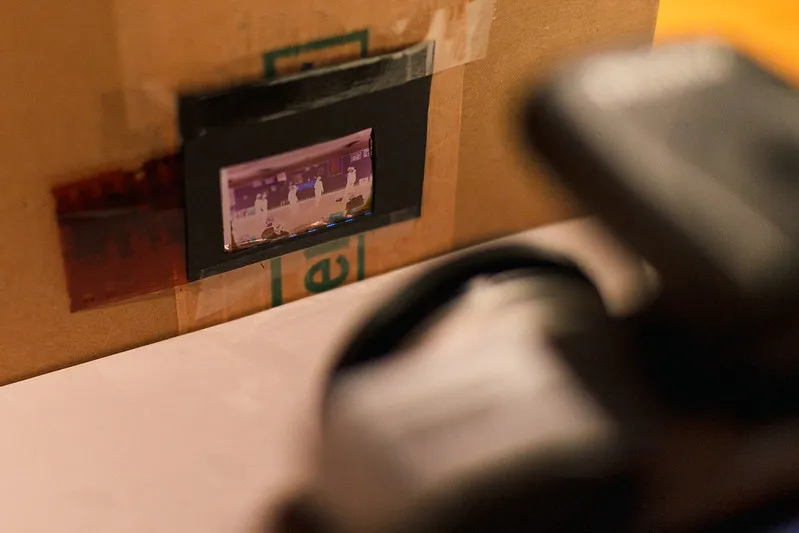
Analog 35mm film is much easier to work with than digital, as it does not require (necessarily) a computer processing step, and can be developed and printed at any photo lab.
Additionally, it is much easier to store and view, as prints can simply be placed in an album or frame.
You don’t even need batteries in some cameras to operate, since the process is completely mechanical and even more, knowing how to expose to the “eye” with the sunny 16 rule you won’t even use a light meter.
Imagine the satisfaction of achieving a photograph mechanically and purely chemically…
6. Higher “resolution”
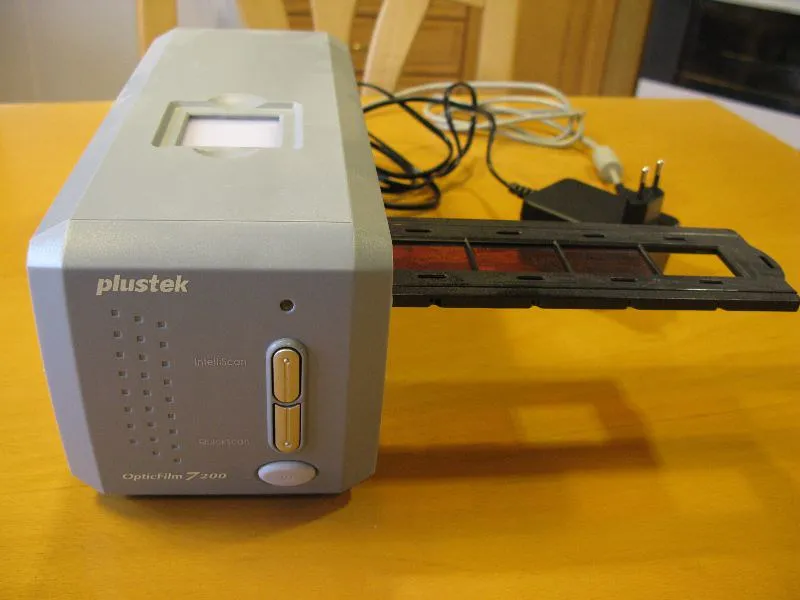
If you decide to scan an image from the negative, you can also do it. And you get a lot of flexibility when it comes to correcting any imperfections the image may have.
Obviously the idea is not to alter the fundamental aspects of the image, such as color or shape. But for example to eliminate surface imperfections such as stains and dust.
The interesting thing is also that depending on the medium you use to scan, be it a camera or a scanner. You can store an image with a potential margin in terms of quality, very wide.
The resolution of your digitized negative will depend solely on the scanner you use to digitize it. Films like Kodak Ektar can reach abyssal resolutions due to the fine grain they have. Some speak of hundreds of megapixels.
Conclusion
In summary, why shoot film?… Because it’s awesome. It’s a combination of art and science, it’s both a craft and an experience. You’ll find few things in life that give you so much with so little.



